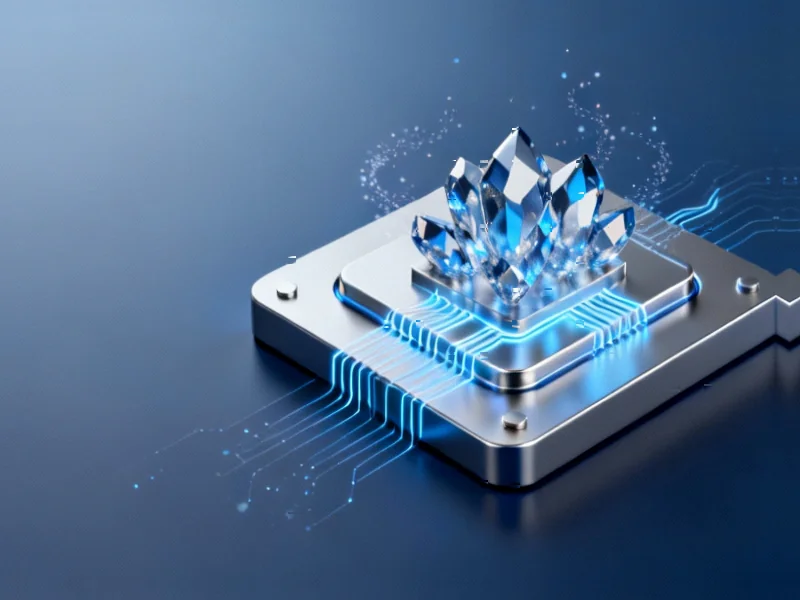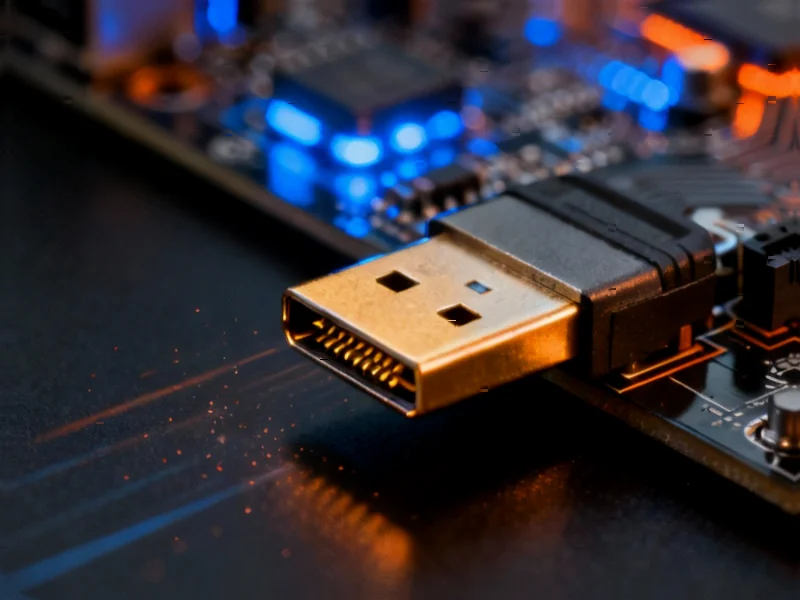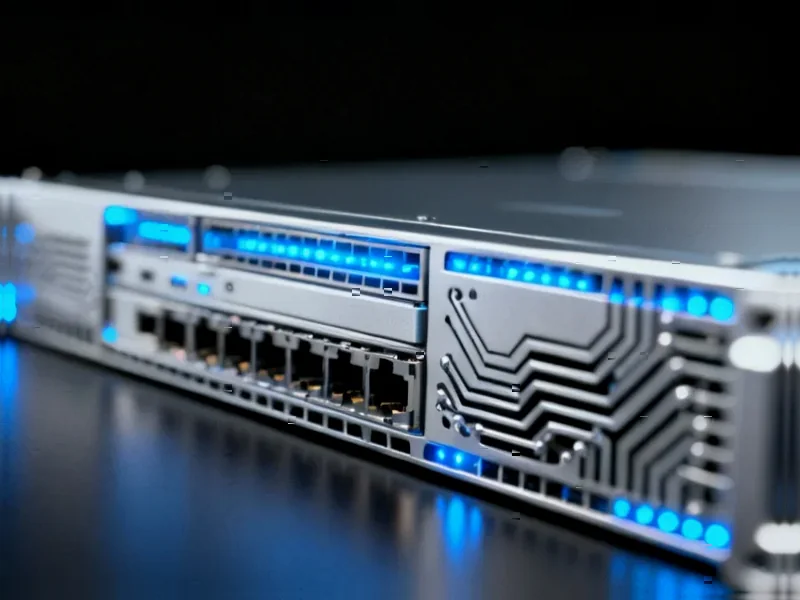Breakthrough in Quantum Bit Stability
Researchers have achieved a monumental advancement in quantum computing hardware, demonstrating individual solid-state nuclear spin qubits maintaining coherence for over one second. This represents more than a tenfold improvement over previous records and positions nuclear spins as viable candidates for quantum memory applications. The breakthrough, published in Nature Physics, addresses one of the most significant challenges in quantum computing: maintaining quantum states long enough to perform meaningful computations., according to according to reports
Table of Contents
Novel Qubit Control Methodology
Unlike conventional approaches that rely on direct radio-frequency driving, the research team developed innovative techniques to overcome technical limitations. The superconducting resonator used in their setup strongly suppresses fields at the low frequencies required for direct nuclear spin manipulation, necessitating alternative control methods., as previous analysis
Instead, scientists implemented sideband transitions that simultaneously flip both electron and nuclear spins. These transitions become possible due to specific terms in the hyperfine Hamiltonian that weakly allow such combined operations. The team pumped the system into desired nuclear spin states using precisely calibrated chirped pulses applied to red and blue sideband transitions, effectively circumventing the resonator’s frequency limitations., according to expert analysis
Quantum Non-Demolition Readout
The detection methodology represents another significant innovation. Researchers developed a quantum non-demolition (QND) readout technique that preserves the nuclear spin state during measurement. By sequentially exciting the electron spin at four distinct frequencies and detecting emitted photons, the team could determine the nuclear spin state without destroying it.
The system’s architecture allows simultaneous monitoring of all four transition frequencies thanks to sufficient bandwidth in both the resonator and single microwave photon detector. This capability proved crucial for achieving high-fidelity readout with state probabilities ranging from 0.91 to 0.95 across different nuclear spin configurations., according to recent research
Stimulated Raman Transitions Enable Precision Control
The research introduces stimulated Raman transitions as the primary mechanism for nuclear spin manipulation. This approach involves applying two simultaneous microwave tones at different frequencies, creating virtual transitions through electron excited states without substantially populating them.
This technique offers several critical advantages:, according to additional coverage
- Eliminates dependence on electron spin coherence times
- Enables all-microwave single- and two-nuclear-spin-qubit gates
- Provides exceptional precision with resonance linewidths of approximately 100 Hz
- Allows conditional or unconditional driving depending on experimental parameters
Record-Breaking Coherence Times
The coherence measurements reveal extraordinary performance for solid-state qubits. Using Ramsey interference experiments, researchers measured free-induction decay times of 0.8 seconds for one qubit and 1.2 seconds for another. These values significantly exceed previous records and rival those achieved in isotopically enriched materials.
Hahn echo measurements further extended coherence times to 3.4 and 4.4 seconds for the two qubits respectively. The researchers identified that residual decoherence likely stems from a combination of magnetic field drift, spectral diffusion, and occasional excitations of the erbium ion. The measured coherence times establish new benchmarks for quantum memory applications in naturally abundant materials.
Industrial Implications and Future Directions
This breakthrough has substantial implications for quantum computing architecture. The demonstrated coherence times approach the threshold necessary for practical quantum error correction and quantum memory applications. The use of naturally abundant materials rather than isotopically purified samples suggests more commercially viable manufacturing pathways.
Researchers believe that dynamically detuning the resonator from the erbium spin during pulse sequences, combined with advanced dynamical decoupling techniques, could further extend coherence times. The achievement marks a critical step toward scalable quantum computing systems where nuclear spins serve as robust quantum memory elements alongside faster processing qubits.
The methodology developed in this research potentially transfers to other solid-state systems, opening new avenues for quantum hardware development across multiple platforms. As quantum computing moves toward practical implementation, such advances in fundamental qubit performance become increasingly valuable for industrial applications.
Related Articles You May Find Interesting
- Breakthrough Barrier Technology Extends Perovskite Solar Cell Lifespan by Haltin
- Pennsylvania’s Data Center Surge Faces Community Pushback and Regulatory Hurdles
- Chrome’s Critical Security Patch: What You Need to Know About CVE-2025-12036
- Anthropic’s Regulatory Balancing Act: Navigating AI Governance in a Divided Poli
- Classical Algorithms Challenge Quantum Supremacy in Graph Sampling Applications
This article aggregates information from publicly available sources. All trademarks and copyrights belong to their respective owners.
Note: Featured image is for illustrative purposes only and does not represent any specific product, service, or entity mentioned in this article.



